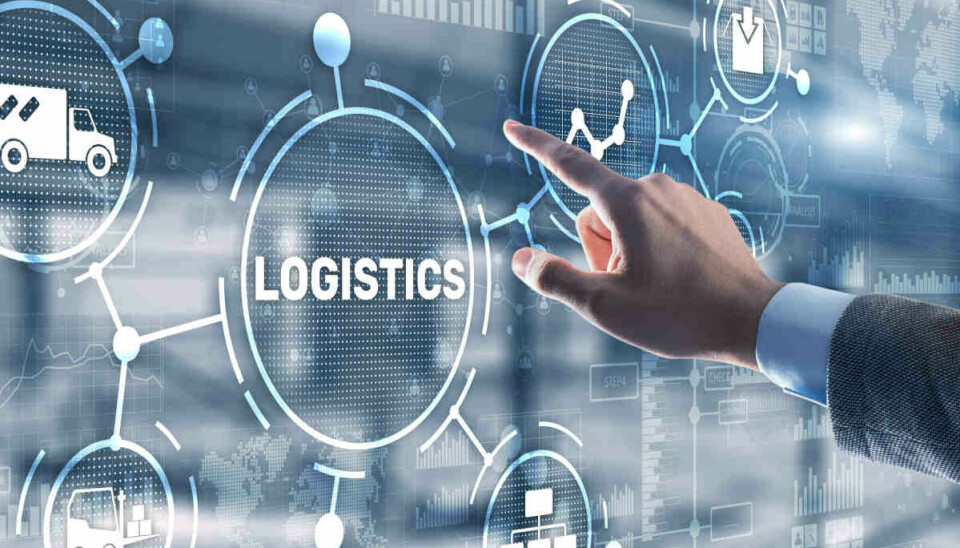AMR, assistance systems and AI
Supply chain strategies: These are trends you should follow

How to create transparency in the supply chain, where robots are most helpful, and what priorities should be set in intralogistics, explained by Dr. Kerstin Höfle from Körber Supply Chain in the interview.
What do you consider to be the three most important developments in intralogistics that companies should particularly keep an eye on at the moment?
Kerstin Höfle: Firstly, integration instead of isolated solutions: The most important development is the holistic integration of technologies. Individual systems - such as robotics, AI or sensors - only realize their full potential when working together. The art lies in integrating these technologies into a complete system that functions along the entire supply chain.

Secondly, AI as an enabler for efficiency and resilience: Especially generative AI opens up new possibilities for process optimization, decision support and automation. AI-supported assistance systems like our 'Operator Eye' show how machines can learn to imitate human decision logic and significantly reduce downtime.
Thirdly, adaptability to geopolitical and demographic shifts: Companies today need to react more quickly to geopolitical changes, supply bottlenecks or skills shortages. This requires adaptive systems, agile automation approaches and flexible technologies such as mobile robotics.
Robotics is often cited as a central trend. What specific advantages do companies gain from using robotics in intralogistics, and what are the main areas of application currently?
Höfle: Robotics relieves humans from physically demanding, repetitive, and safety-critical tasks - and increasingly intelligently. Autonomous mobile robots (AMR) have proven to be a flexible, scalable solution. They can be quickly integrated into existing processes. Other key areas of application include palletizing or order picking with robots. Here, it is not just about speed, but also about precision and gentle handling of sensitive products.
We are also watching the development in the field of humanoid robots with great interest. Our work environment is made for humans - therefore, we assume that humanoid robots will also be easily integrated into existing systems.
How does the shortage of skilled workers affect the logistics industry, and which technological solutions do you see as promising to address this challenge?
Höfle: The shortage of skilled workers has long been a structural problem in many logistics areas. Automation and digitalization are not optional here, but a survival strategy. AMR, pick robots and intelligent assistance systems compensate for the lack of workers in the warehouse, but also help to deploy existing teams more efficiently.
Another key issue is the digital empowerment of the workforce. Those who can use simple AI tools not only gain efficiency but also become part of the digital transformation. This requires targeted training concepts, user-friendly interfaces and managers who demonstrate technological openness.
How important is sustainability in today's supply chain strategy?
Höfle: Sustainability is now a strategic imperative - economically, ecologically and socially. Our customers demand energy efficiency, CO₂ transparency and durable solutions. Automation can make a significant contribution: through less energy consumption, more efficient processes and better utilization of resources. In addition, the use of sustainable materials and the re-engineering of systems over their lifecycle is increasingly coming into focus.
Thus, sustainability aspects should be considered as a central driver of innovation, which we address, for example, in ecodesign initiatives. Social sustainability also counts: automation takes over physically demanding tasks - and thus creates not only efficiency but also better working conditions.
Evidence of our commitment in this area is the gold award in the Ecovadis sustainability rating 2024, which places Körber among the top five percent of all companies evaluated worldwide and encourages us to further advance our ambitious sustainability goals.
What priorities must companies set in the coming years to remain competitive and benefit from current trends in intralogistics?
Höfle: Companies should ask themselves three key questions: first, how do I integrate technological innovations into my existing infrastructure - quickly, scalably, and securely? Second, how do I enable my employees to actively shape the digital transformation? And third, how do I create transparency - across data, CO₂ emissions, processes, and supply chains?
The answer does not lie in one technology, but in the right strategy - and in a solution competence that encompasses all aspects of the supply chain. Along the supply chain, challenges are growing daily. Körber offers a broad portfolio of end-to-end technologies and system integration solutions that help companies of all sizes turn their supply chains into a real competitive advantage. Those who think agile and connected today will act resilient and competitive tomorrow.